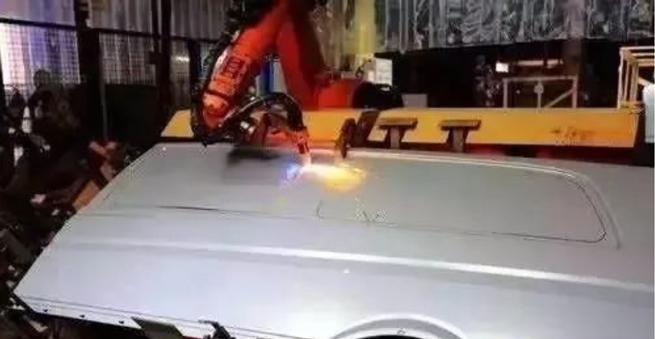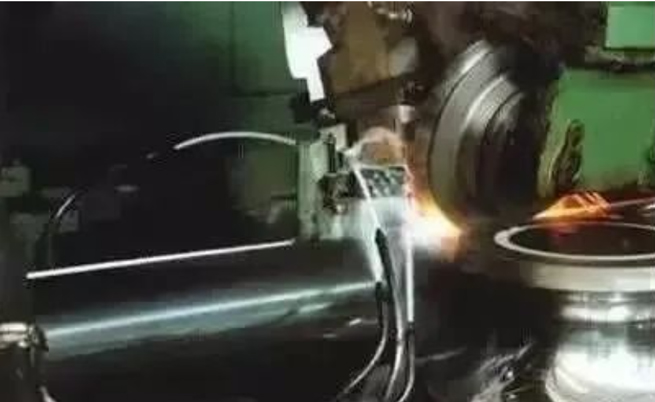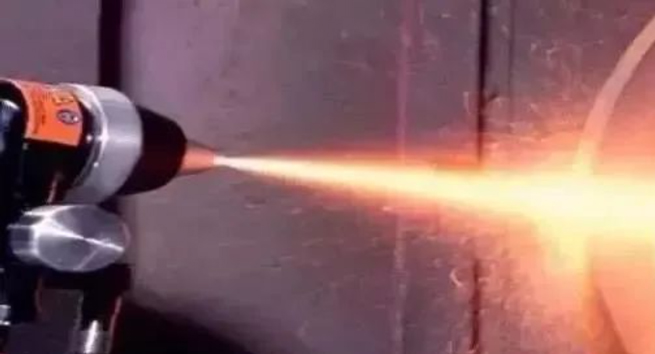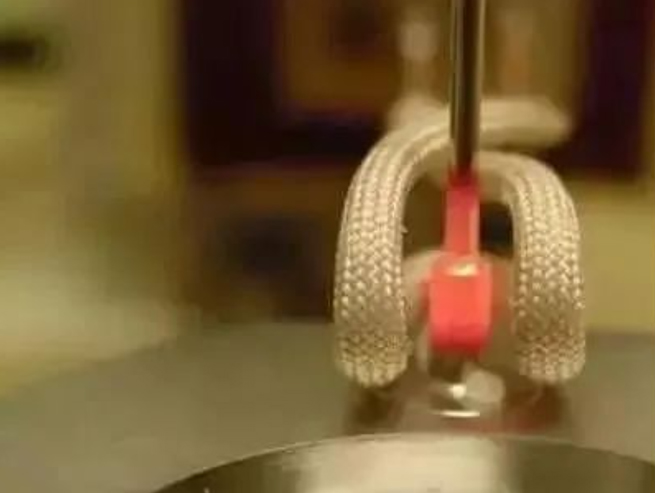Welding, also known as fusion or fusion welding, is a manufacturing process and technology that involves joining metals or other thermoplastic materials such as plastics through heating, high temperature, or high pressure. According to the state of the metal during the welding process and the characteristics of the process, welding methods can be divided into three categories: fusion welding, pressure welding, and brazing.
Fusion welding - heating the workpiece to be joined to locally melt and form a molten pool. After the molten pool cools and solidifies, it is then joined. If necessary, filler materials can be added to assist
1. Laser welding
Laser welding uses focused laser beams as energy to bombard the workpiece and generate heat for welding. It can weld various metal and non-metallic materials, such as carbon steel, silicon steel, aluminum and titanium and their alloys, refractory metals such as tungsten and molybdenum, and dissimilar metals, as well as ceramics, glass, and plastics. At present, it is mainly used in electronic instruments, aviation, aerospace, nuclear reactors and other fields. Laser welding has the following characteristics:
(1) High laser beam energy density, extremely short heating process, small solder joints, narrow Heat-affected zone, small welding deformation, and high dimensional accuracy of weldments;
(2) Can weld materials that are difficult to weld using conventional welding methods, such as tungsten, molybdenum, tantalum, zirconium, and other refractory metals;
(3) Non ferrous metals can be welded in the air without the need for additional protective gas;
(4) The equipment is complex and costly.

2. Gas welding
Gas welding is mainly applied to the welding of thin steel plates, low melting point materials (non ferrous metals and their alloys), cast iron parts, hard alloy cutting tools and other materials, as well as repair welding of worn and scrapped vehicle parts, flame correction of component deformation, etc.
3. Arc welding
It can be divided into manual arc welding and submerged arc welding.
(1) Manual arc welding can be used for horizontal welding, vertical welding, horizontal welding and overhead welding. In addition, because the arc welding equipment is light and flexible in handling, it can be used for welding at any place with power supply. Suitable for welding various metal materials, thicknesses, and structural shapes;
(2) Submerged arc welding is generally only suitable for flat welding positions and is not suitable for welding thin plates with a thickness less than 1mm. Due to the large penetration depth, high productivity, and high degree of mechanization of submerged arc welding, it is suitable for welding long welds in medium and thick plate structures. The materials that can be welded by submerged arc welding have developed from carbon structural steel to low alloy structural steel, stainless steel, heat-resistant steel, and some non-ferrous metals, such as nickel based alloys, titanium alloys, and copper alloys.
4. Gas electric welding
Gas shielded arc welding welding refers to arc welding in which the external gas is used as the arc medium to protect the arc and welding zone. Gas electric welding is usually divided into non melting electrode (tungsten electrode) inert gas shielded welding and melting electrode gas shielded welding, oxidation mixed gas shielded welding, CO2 gas shielded welding, and tubular wire gas shielded welding based on whether the electrode is melted and the protective gas is different.
Non melting inert gas shielded welding can be used for welding almost all metals and alloys, but due to its high cost, it is usually used for welding non-ferrous metals such as aluminum, magnesium, titanium, and copper, as well as stainless steel and heat-resistant steel. In addition to the main advantages of non consumable gas shielded welding (which can be used for welding in various positions; suitable for welding most metals such as non-ferrous metals, stainless steel, heat-resistant steel, carbon steel, and alloy steel), consumable gas shielded welding also has the advantages of fast welding speed and high deposition efficiency.

5. Plasma arc welding
Plasma arc is widely used in welding, spraying, and surfacing. Capable of welding finer and thinner workpieces (such as welding extremely thin metals below 1mm).
6. Electroslag welding
Electroslag welding can weld various types of carbon structural steel, low alloy high-strength steel, heat-resistant steel, and medium alloy steel. It has been widely used in the manufacturing of boilers, pressure vessels, heavy machinery, metallurgical equipment, and ships. In addition, electroslag welding can be used for large-scale surfacing and repair welding.
7. Electron beam welding
Electron beam welding equipment is complex, expensive, and requires high maintenance requirements; The assembly requirements for welding components are high, and the size is limited by the size of the vacuum chamber; X-ray protection is required. Electron beam welding can be used to weld the vast majority of metals and alloys, as well as workpieces that require small deformation and high quality. At present, electron beam welding has been widely used in precision instruments, instruments, and the electronic industry.

Brazing - Using a metal material with a lower melting point than the base material as the brazing material, using liquid brazing material to wet the base material, fill the gap, and diffuse with the base material to achieve the connection of the welded part.
1. Flame brazing:
Flame brazing is suitable for brazing materials such as carbon steel, cast iron, and copper and its alloys. Oxygen acetylene flame is a commonly used flame.
2. Resistance brazing
Resistance brazing can be divided into two methods: direct heating and indirect heating. Indirect heating resistance brazing is suitable for brazing weldments with significant differences in thermal physical properties and thickness.
3. Induction brazing
The characteristics of induction brazing are fast heating, high efficiency, local heating capability, and easy automation. According to the protection method, it can be divided into induction brazing in air, induction brazing in protective gas, and induction brazing in vacuum.

Pressure welding - The welding process must apply pressure to the weldment, which is divided into resistance welding and ultrasonic welding.
1. Resistance welding
There are four main methods of resistance welding, namely spot welding, seam welding, projection welding, and butt welding. Spot welding is suitable for Stamping and rolling thin plate components that can be overlapped, joints do not require airtightness, and have a thickness of less than 3mm. Seam welding is widely used in thin plate welding of oil drums, cans, radiator, aircraft and automobile oil tanks. Projection welding is mainly used for welding stamped parts of low carbon steel and low alloy steel. The most suitable thickness for plate projection welding is 0.5-4mm.
2. Ultrasonic welding
In principle, ultrasonic welding is suitable for welding most thermoplastics.
